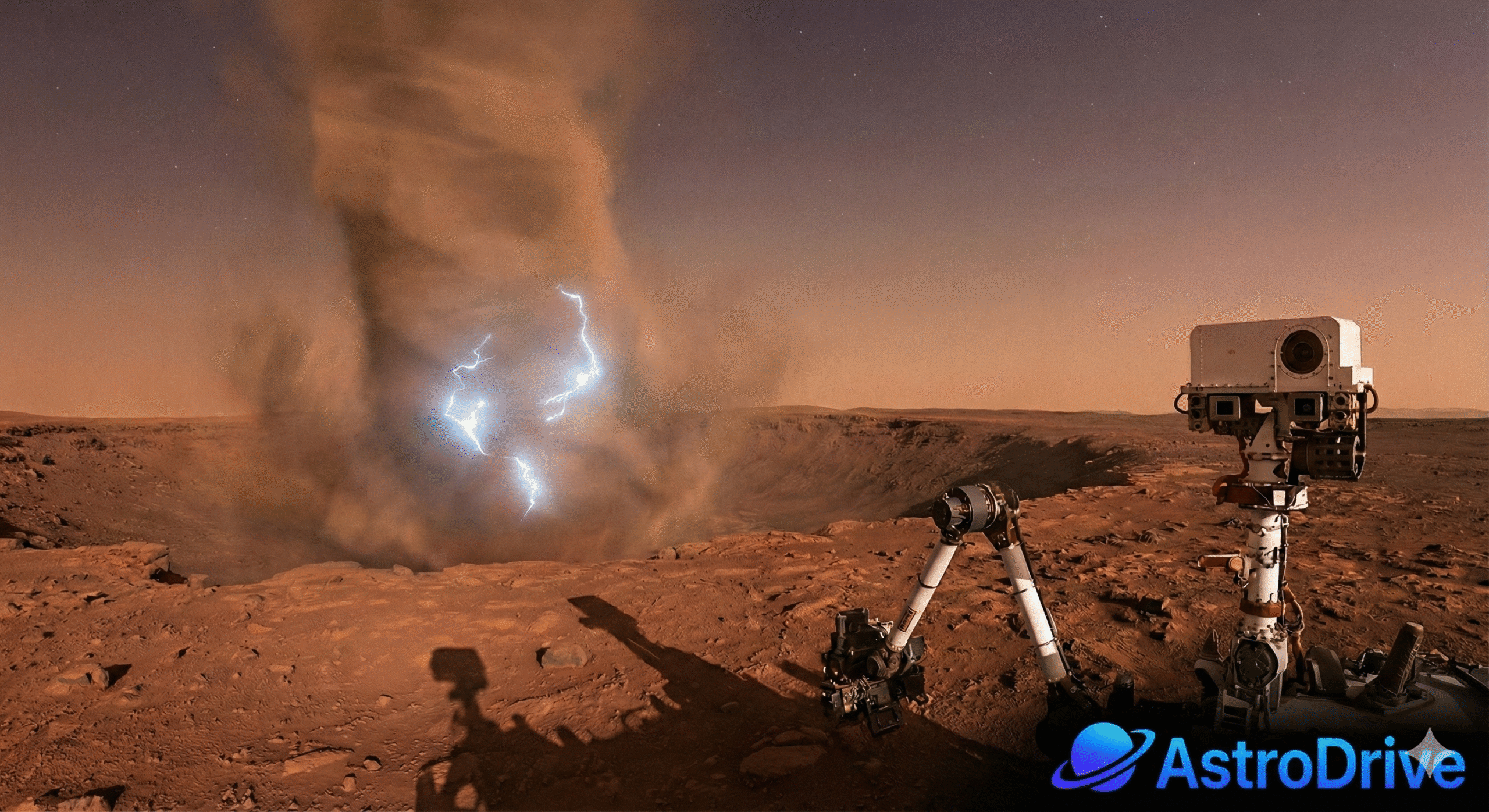NASA Mars Simulated Mission: Inside CHAPEA’s Groundbreaking Mars Habitat

NASA’s Mars simulated mission, known as CHAPEA (Crew Health and Performance Exploration Analog), offers a groundbreaking look into how astronauts will live and work on the Red Planet. This year-long simulation, conducted at NASA’s Johnson Space Center, is designed to mimic the harsh environment of Mars and prepare humans for future exploration.
Mission Objectives and Setup
The CHAPEA mission aims to study the physical and mental impacts of long-duration space travel. A four-person crew lives inside a 1,700-square-foot 3D-printed Mars habitat, performing routine tasks such as growing food, conducting science experiments, and simulating Mars walks. These analog missions help NASA refine protocols, understand resource usage, and test isolation and stress factors.
A Typical Day on Simulated Mars
Written by Ashley Stroupe, Mission Operations Engineer and Rover Planner at NASA’s Jet Propulsion Laboratory
Earth planning date: Friday, Aug. 1, 2025
With August underway, the “landiversary” (Aug. 5 PDT) of the Curiosity rover is nearly here. The CHAPEA team celebrates this milestone while continuing their intense schedule. The first sol (Martian day) of this plan is packed. Early in the day, the rover team initiates arm activities, including DRT brushing and APXS integration on bedrock target “San Cristóbal,” followed by extensive imaging.
After a brief pause, Mastcam captures stereo mosaics of geological targets like “Pontezuelo” and “Catedrales de Tara.” ChemCam instruments then analyze samples using LIBS and RMI, and arm operations resume with MAHLI imaging of delicate branching features at “Salar de Agua Amara.”
The rover drives to reposition near a new bedrock ridge, capturing data essential for Monday’s planning. Curiosity then rests while data uploads. The next sol is more relaxed, featuring atmospheric observations: Navcam dust-devil surveys, suprahorizon movies, and solar tau measurements to assess atmospheric dust.
Innovation Through Simulation
Missions like CHAPEA help NASA evaluate how equipment performs and how astronauts respond to stress, fatigue, and isolation. These insights are crucial for designing life-support systems and refining mission protocols.
Why CHAPEA Matters
Simulated missions like this are vital stepping stones toward a successful Mars landing. By mimicking conditions on Mars, scientists and engineers can prepare for everything from habitat design to psychological endurance.
To explore more about NASA’s preparations for Mars, check out our Space Missions archive and Astronomy Stories.
Image Credits: NASA / JPL-Caltech



Never thought it would be like that
Been playing on hh555 for a bit and I’m enjoying it. The site’s easy to use, and the customer support has been responsive whenever I’ve had a question.
mcw678com is a reliable platform. Been playing here for a while and haven’t had any issues. They seem to keep things updated which is always a good sign. Give it a try. Find them at mcw678com!
Downloaded the funinexchangeapp and it’s actually more convenient than I thought. Trading on the go is pretty sweet. Definitely recommend it if you’re always on your phone.
BetPK Casino… gave it a shot. Selection of games was alright, nothing super special but enough to keep me occupied. Give it a whirl, might find something you like: betpkcasino.com
Had a quick go with blbetlogin. Simple, easy to use and login process was smooth . Here’s the link if anyone wants to sign up: blbetlogin